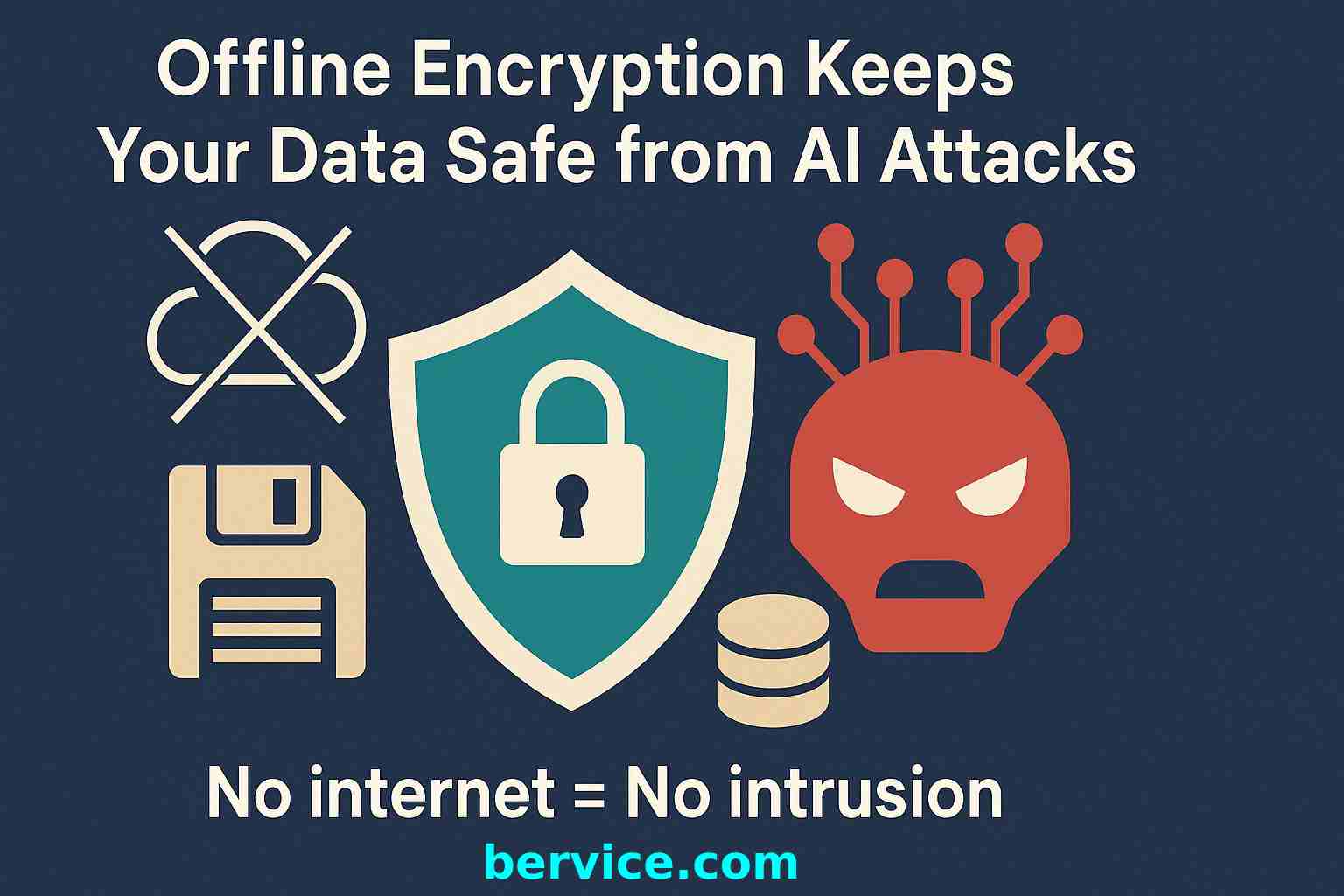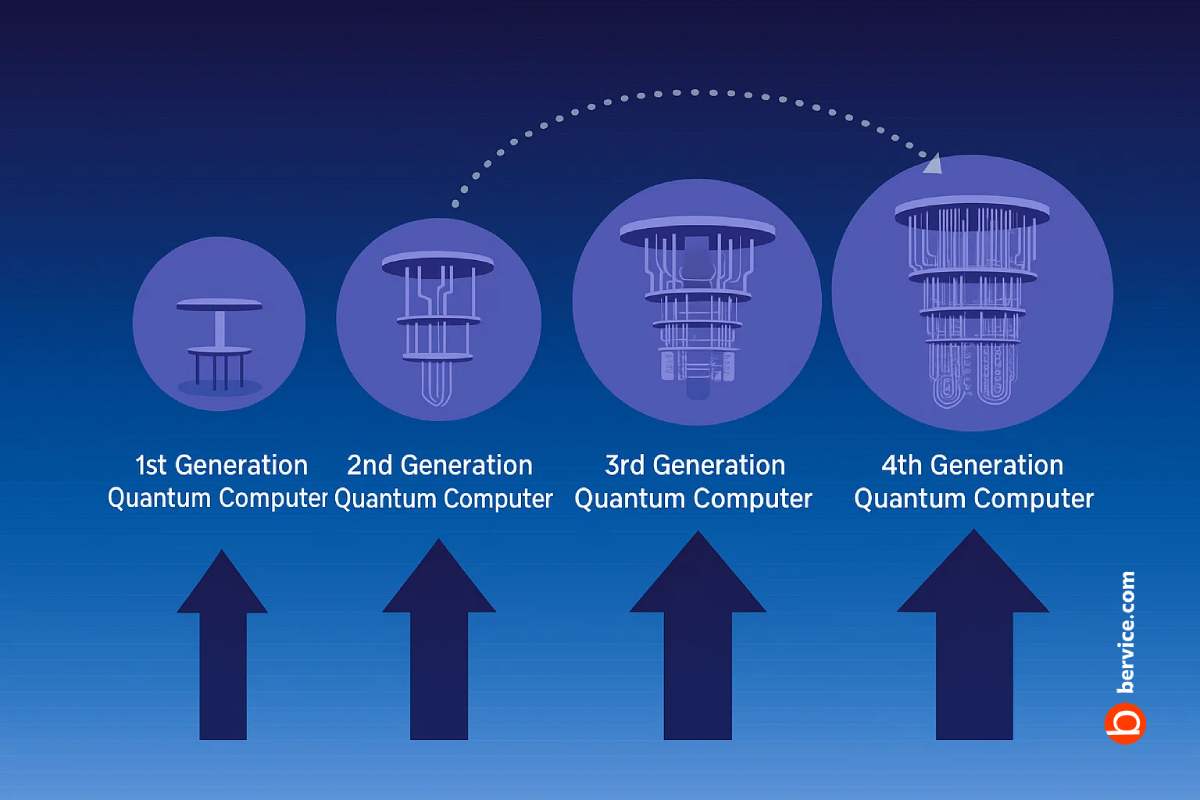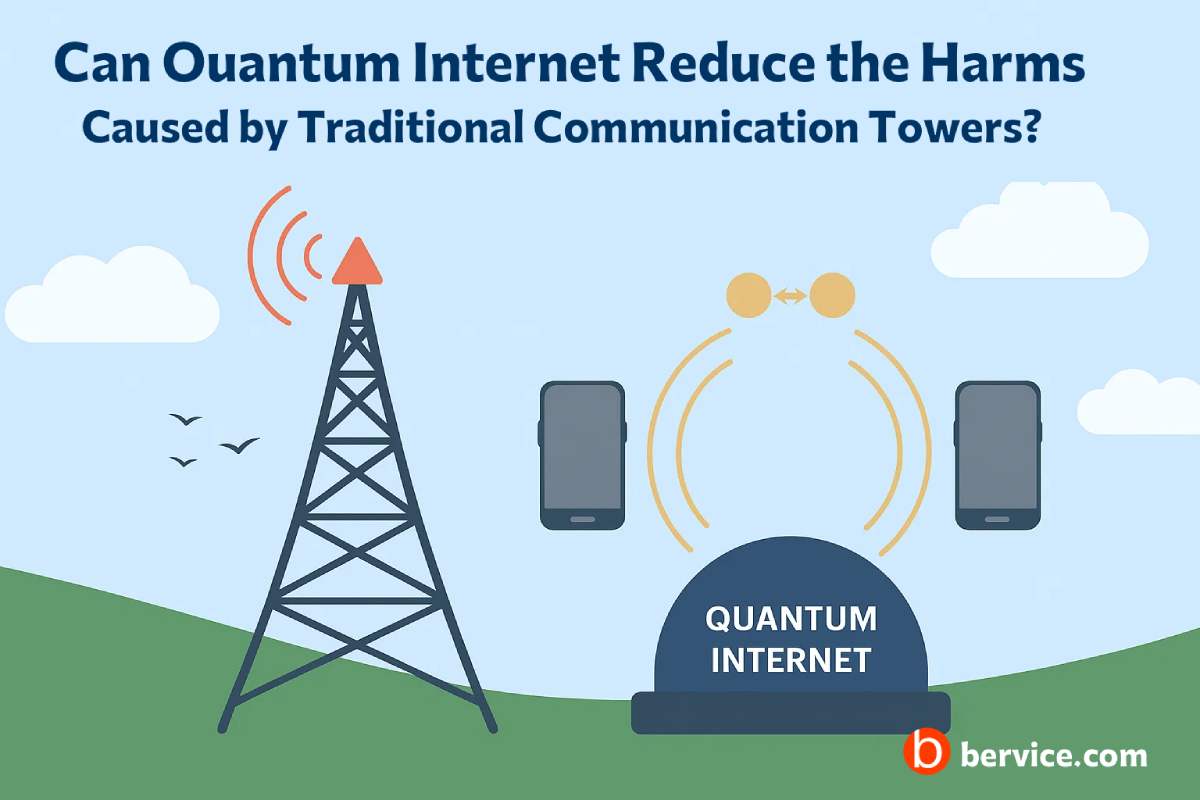
As artificial intelligence (AI) rapidly evolves, so do the methods and tools used in cyberattacks. From predictive hacking to deepfake social engineering, AI is enabling increasingly sophisticated threats. In this digital landscape, offline encryption stands as a critical layer of protection — one that is often underestimated.
💡 What Is Offline Encryption?
Offline encryption refers to the process of encrypting data using software or hardware tools that are not connected to the internet or any external networks. This isolation provides a secure environment to perform cryptographic operations without exposing sensitive keys or data to online vulnerabilities.
🛡️ Why Offline Encryption Matters in the Age of AI Attacks
- 🌐 Isolation from Network-based AI Threats
- Offline systems are inherently immune to remote AI attacks like automated brute-force or adversarial learning. By keeping encryption tools disconnected from the web, malicious bots and AI-driven malware have no attack surface.
- 🧠 Protection Against AI-Powered Reconnaissance
- AI can analyze network traffic and user behavior to predict vulnerabilities. Offline encryption keeps encryption routines invisible, eliminating behavioral patterns that can be profiled or exploited.
- 🕵️♂️ Resistance to Deep Learning Exploits
- Some advanced attacks use AI to reverse-engineer encryption logic or guess private keys based on system behaviors. Offline systems significantly reduce this risk by eliminating real-time data exposure.
- 🧳 Safe Key Management
- Encryption keys stored and used offline are protected from phishing, keylogging, or AI-generated social engineering attacks that target digital credentials.
- 📵 Air-Gapped Security
- Air-gapped systems, often used for critical infrastructure, rely heavily on offline encryption. These systems are highly secure because they are physically isolated from the internet, making AI-based penetration virtually impossible.
🔧 Practical Use Cases
- Military and Defense Data Encryption
- Legal and Government Archives
- Cryptocurrency Cold Wallets
- Intellectual Property Protection
- Medical Records in Remote Devices
⚖️ Limitations and Considerations
While offline encryption offers substantial benefits, it’s not a silver bullet. It requires careful physical security, regular software updates (done manually), and trained personnel. Additionally, transferring data between offline and online systems must be tightly controlled to prevent “bridging” vulnerabilities.
🧩 Complementing Other Cybersecurity Layers
Offline encryption is most effective when used as part of a multi-layered security strategy, including:
- Zero-trust architecture
- Strong endpoint protection
- Post-quantum cryptography
- Behavioral anomaly detection systems
✅ Final Thoughts
In an era where AI is weaponized for cyberattacks, offline encryption provides an old-school but highly effective defense mechanism. It leverages the power of isolation to keep your most valuable data untouched by the outside world — a fortress in the digital battlefield.
Stay encrypted. Stay offline. Stay secure.
Connect with us : https://linktr.ee/bervice





